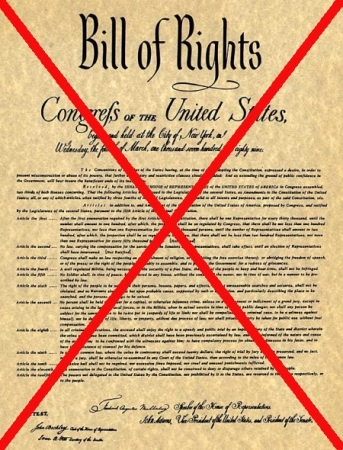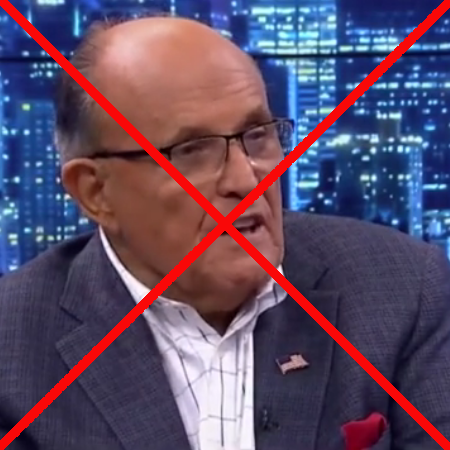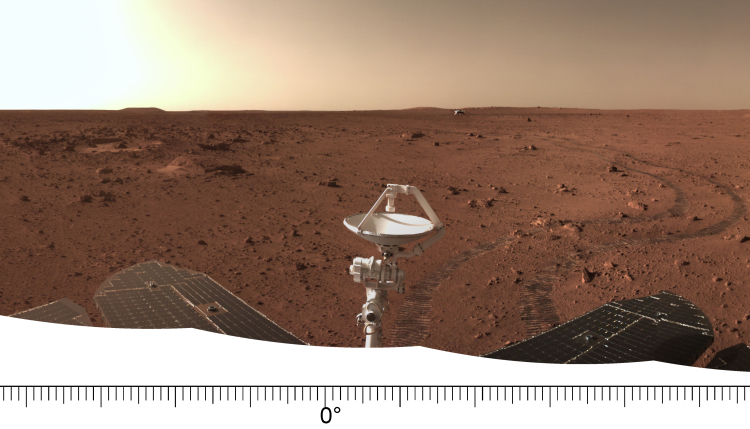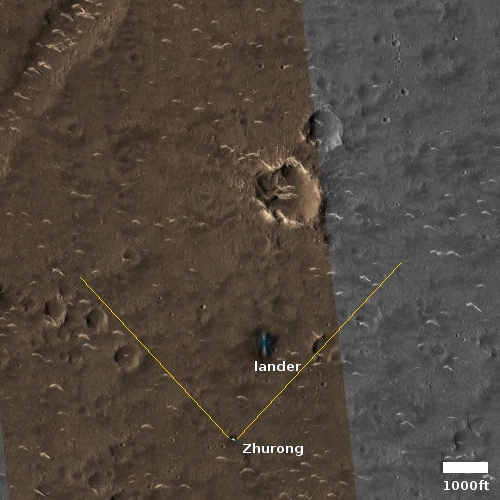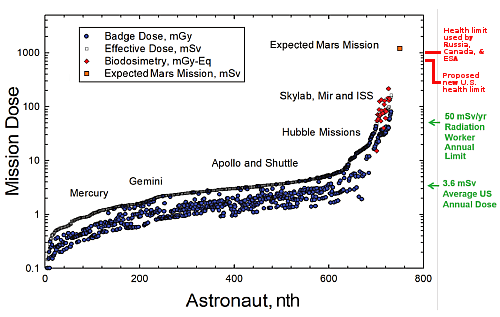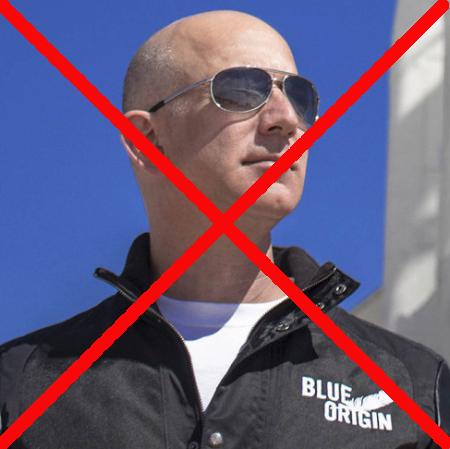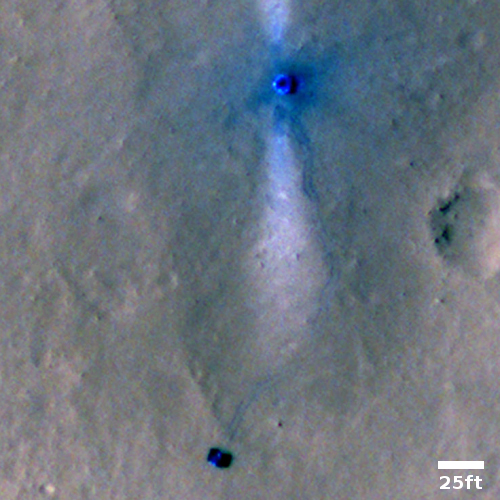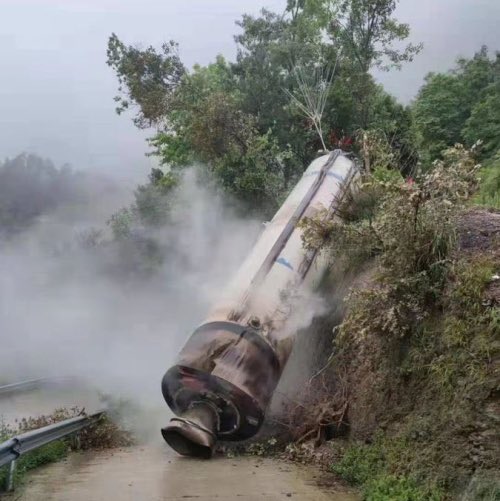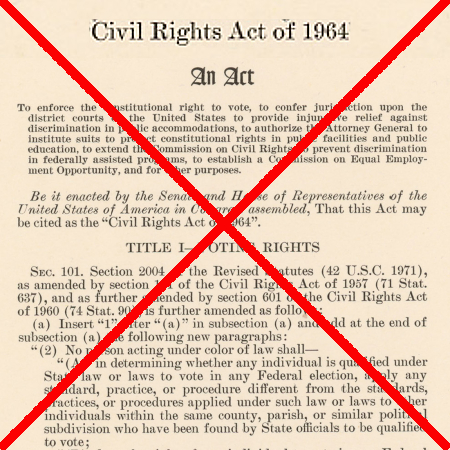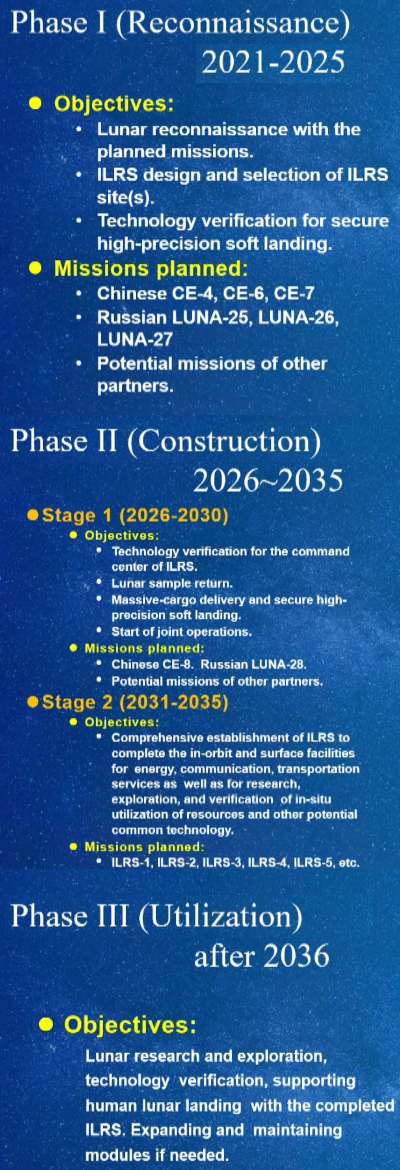SpaceX launch scrubbed because airplane strayed into what Musk calls “an unreasonably gigantic” launch zone.
Capitalism in space: Yesterday a SpaceX Falcon 9 launch was scrubbed mere seconds before launch because an airplane had been detected inside the government’s keep-out zone.
The scrub was called by the range officer at T-11 seconds. SpaceX will attempt the launch again today.
Musk immediately blasted the size of that keep-out zone, which was established decades ago at the very beginnings of the space race and has not been adjusted as launch technology has improved.
“Unfortunately, launch is called off for today, as an aircraft entered the ‘keep out zone,’ which is unreasonably gigantic,” Musk tweeted Tuesday afternoon. “There is simply no way that humanity can become a spacefaring civilization without major regulatory reform. The current regulatory system is broken.”
Musk has successfully forced the range to accept new technology that simplifies launches, makes it possible for them to occur faster with less time in-between, and requires fewer range officials monitoring the launch. He is now pushing them to rethink the size of the range, which is likely much larger than now necessary, as Musk claims, because not only are rockets more reliable, their programming is more precise.
The article at the link also notes as an aside at the end another Musk tweet, that SpaceX’s Starlink network now has 70,000 customers and hopes to have 500,000 within a year. More on that story here.
Capitalism in space: Yesterday a SpaceX Falcon 9 launch was scrubbed mere seconds before launch because an airplane had been detected inside the government’s keep-out zone.
The scrub was called by the range officer at T-11 seconds. SpaceX will attempt the launch again today.
Musk immediately blasted the size of that keep-out zone, which was established decades ago at the very beginnings of the space race and has not been adjusted as launch technology has improved.
“Unfortunately, launch is called off for today, as an aircraft entered the ‘keep out zone,’ which is unreasonably gigantic,” Musk tweeted Tuesday afternoon. “There is simply no way that humanity can become a spacefaring civilization without major regulatory reform. The current regulatory system is broken.”
Musk has successfully forced the range to accept new technology that simplifies launches, makes it possible for them to occur faster with less time in-between, and requires fewer range officials monitoring the launch. He is now pushing them to rethink the size of the range, which is likely much larger than now necessary, as Musk claims, because not only are rockets more reliable, their programming is more precise.
The article at the link also notes as an aside at the end another Musk tweet, that SpaceX’s Starlink network now has 70,000 customers and hopes to have 500,000 within a year. More on that story here.

